Lai Chau In 30 years, the investor plans to exploit more than 17 million tons of rare earth ore at Bac Nam Xe mine, then deeply process it with a content of more than 95%.
The environmental impact assessment (EIA) report of the project to exploit and process the Bac Nam Xe rare earth mine in Phong Tho district, Lai Chau province, prepared by the investor Hung Hai Construction Company Limited, is seeking public opinion.
The enterprise proposed to use nearly 182 hectares of land to exploit rare earth ores, of which more than 105 hectares are agricultural land, including annual crop land and protective forest land (no forest). On this area, there are also nearly 50 hectares of unused land and a small amount of aquaculture, road and stream areas.
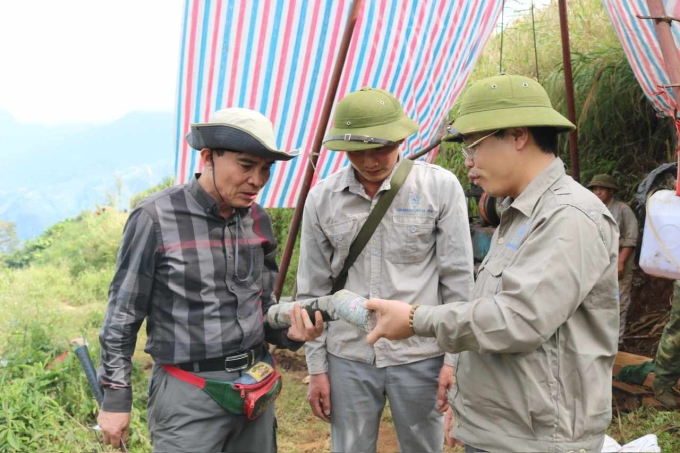
Ore samples from the Bac Nam Xe mine were taken by the Radioactive and Rare Earth Geology Federation in 2020. Photo: NVN
The investor will spend nearly 90 hectares to build offices, a processing plant; build transportation roads and drainage pipes from the settling pond to the processing plant's circulating pond; the waste dump area, and the settling pond. The remaining area of more than 94 hectares will be used as an exploitation area.
The project has a capacity to exploit 600,000 tons of natural ore per year. The expected product of rare earth concentrates of more than 30% will be supplied to a deep processing plant in Lai Chau province to produce total rare earth oxides with a content of over 95%. The total rare earth oxides will then be separated into separate rare earth oxides for domestic use and export.
Because the ore-containing soil layer is mostly exposed with a thickness of 10-30 m, the investor will exploit it by direct excavation. The removal of impurities and cover soil will be done by bulldozers and excavators. Rare earth ore will be loaded directly onto trucks and transported to the factory's staging area.
The mining process is expected to discharge more than 6.5 million m3 of solid rock and nearly 7.6 million m3 of loose rock. The hydrometallurgical plant will also discharge more than 1.2 million m3 of rock and soil.
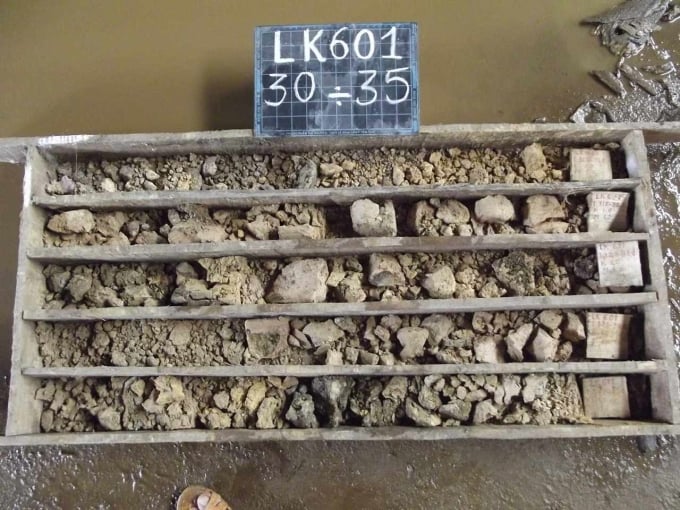
Rare earth ore samples at Bac Nam Xe mine. Photo: NVN
Regarding the environment, the EIA assessed that the terrestrial ecosystem in the area is the most affected. "These impacts are difficult to overcome in a short time and are unavoidable. Before implementation, the project owner must propose a compensation plan, deposit for forest protection and development according to regulations," the EIA stated.
In addition, within the project area, there are about 100 affected households that need to be relocated. The investor said that they will arrange a resettlement plan for the people as soon as they have a mining license and will give priority to receiving them to work at the project.
After the 15-day public consultation period, the investor and the consultant will accept and revise the EIA. The Ministry of Natural Resources and Environment will then establish a council to review the report once again.
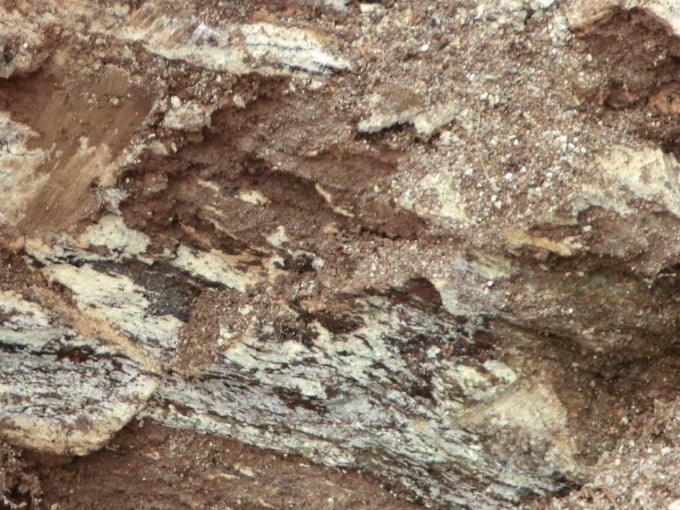
Rare earth ore layers exposed at Bac Nam Xe mine. Photo: NVN
According to the Plan for exploration, exploitation, processing and use of minerals in the 2021-2030 period, with a vision to 2050, approved by the Prime Minister in July, the country plans to exploit 2 million tons of rare earth ore per year.
Rare earths consist of 17 elements, most of which play an irreplaceable role in the production of high-tech equipment, batteries, permanent magnets for electric vehicles, wind turbines, aircraft, telephones and the defense industry. According to the 2022 announcement of the US Geological Survey, China has the largest rare earth reserves, 44 million tons; followed by Vietnam with 22 million and Brazil with 21 million tons.
Household
Source link


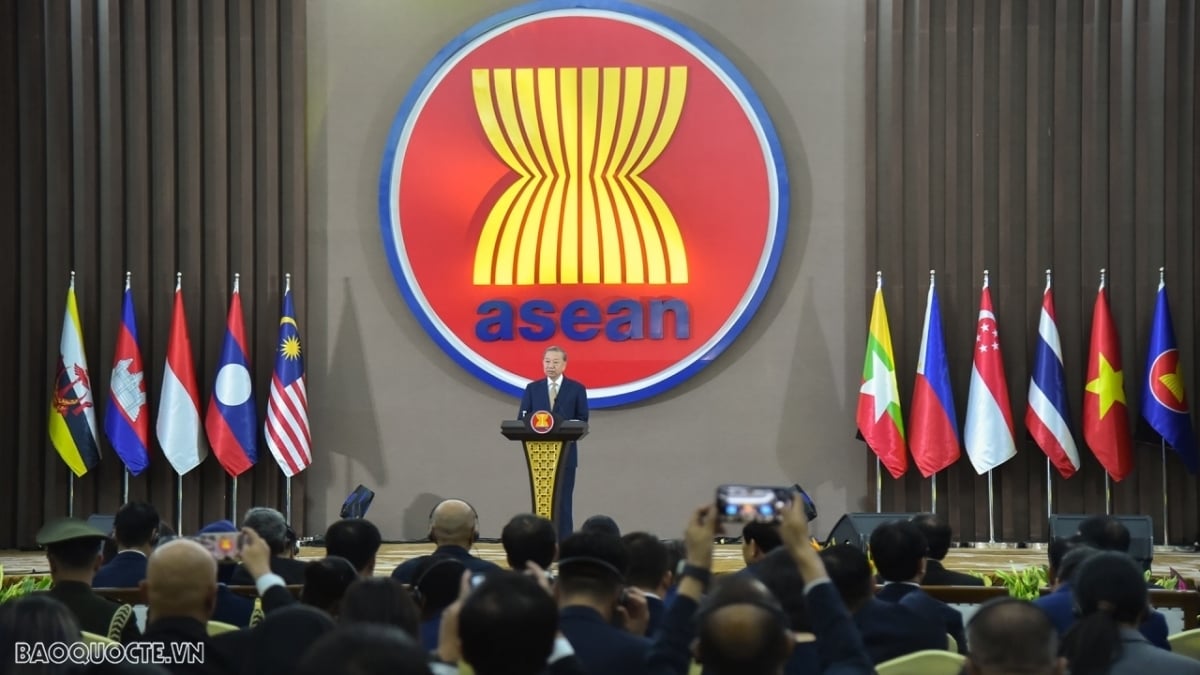
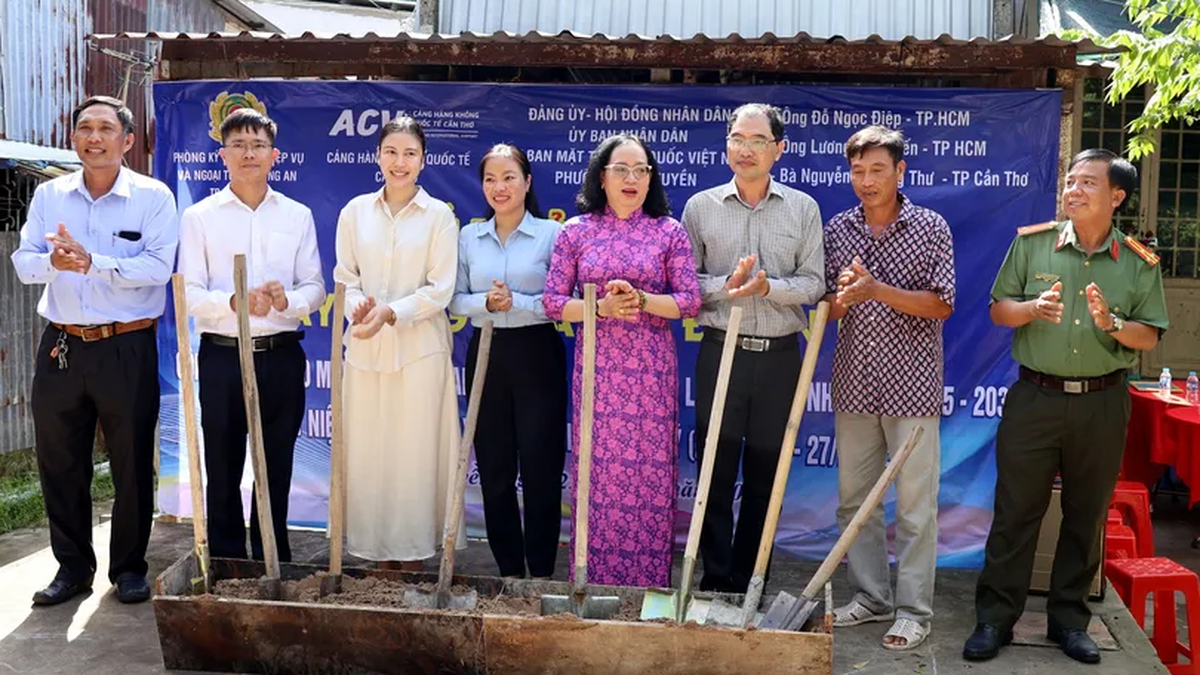
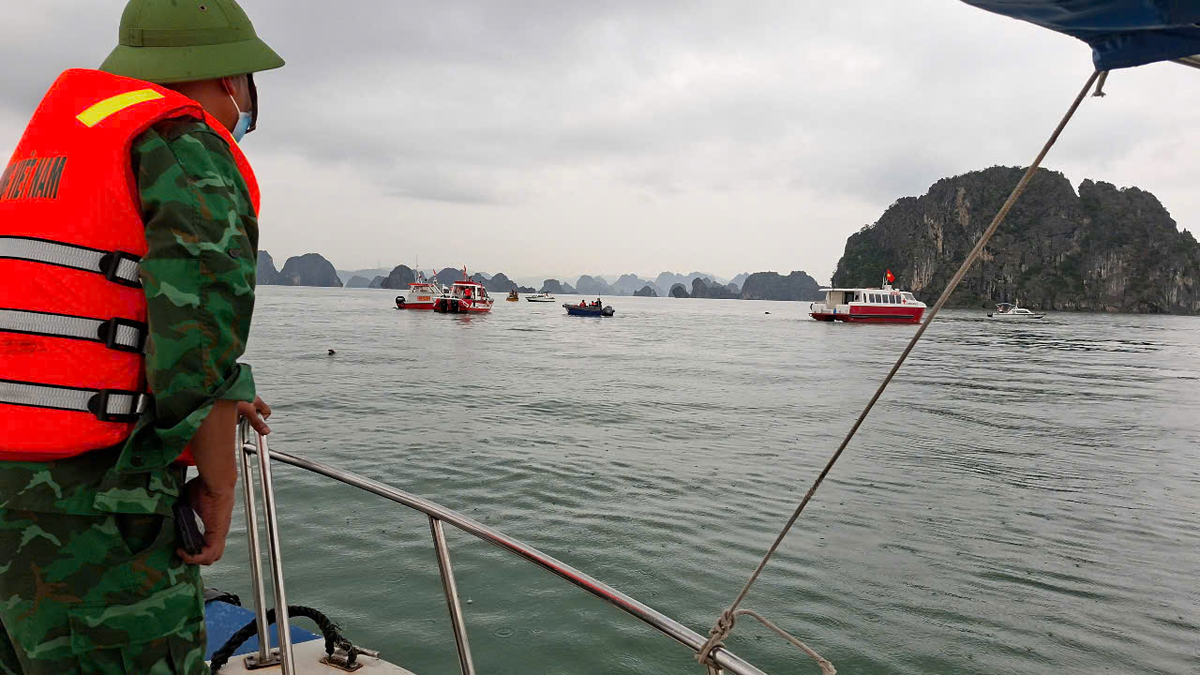


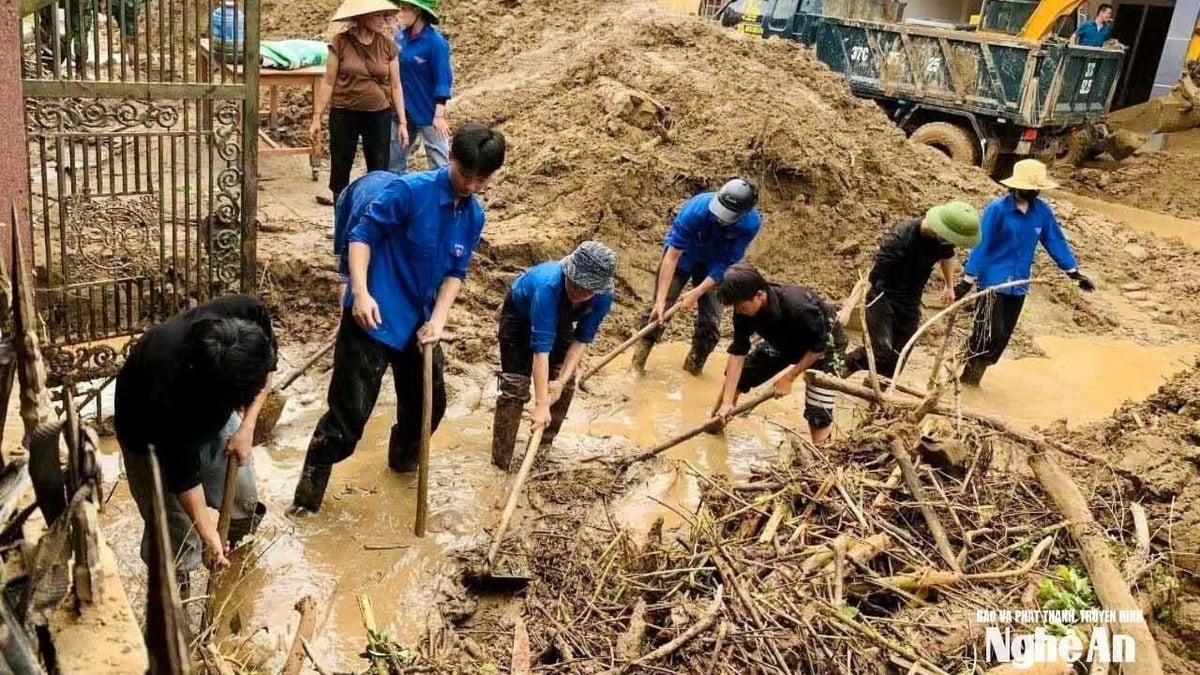

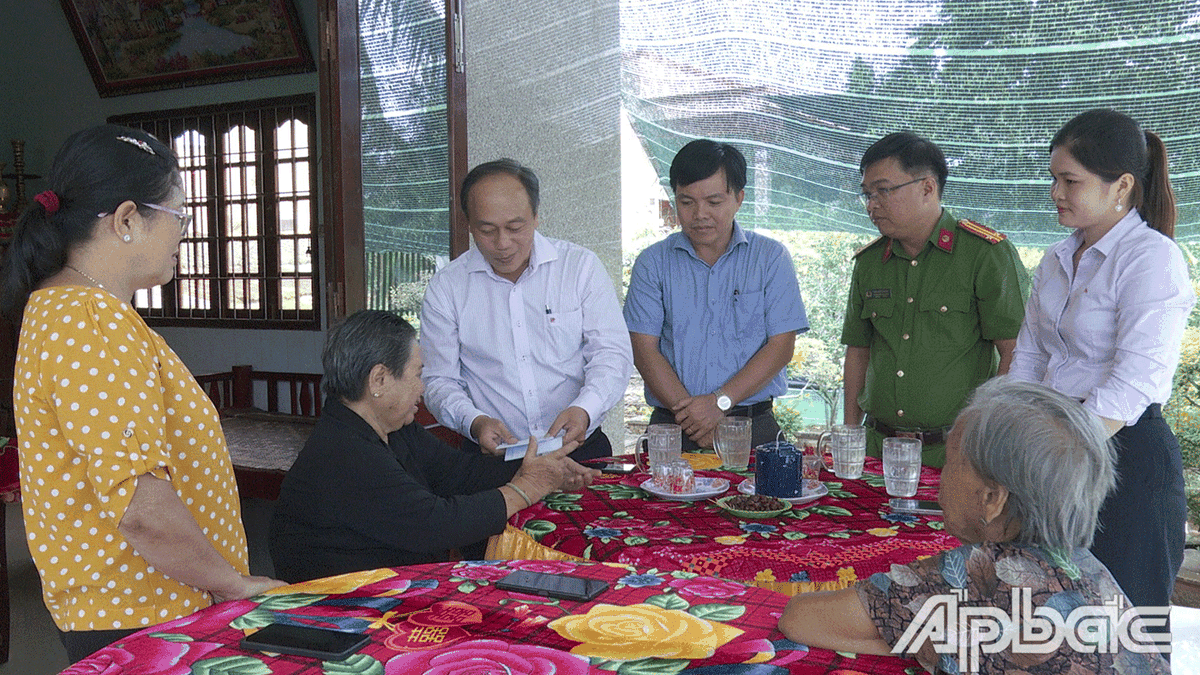
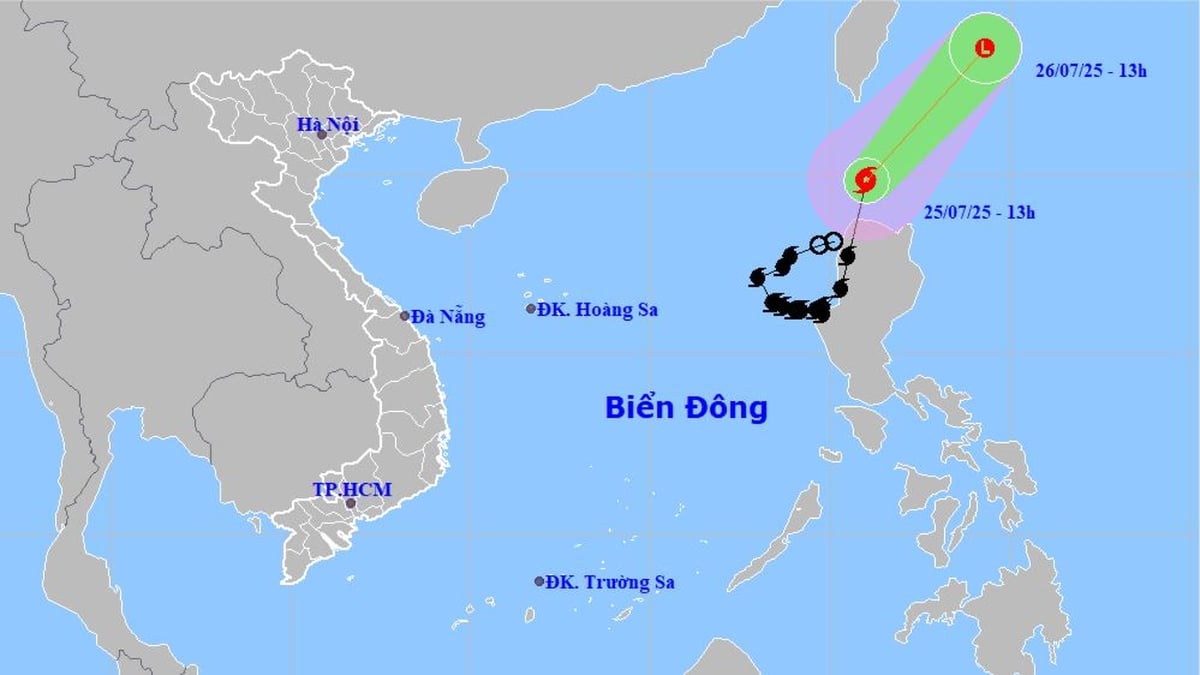












![[Photo] Signing of cooperation between ministries, branches and localities of Vietnam and Senegal](https://vphoto.vietnam.vn/thumb/1200x675/vietnam/resource/IMAGE/2025/7/24/6147c654b0ae4f2793188e982e272651)












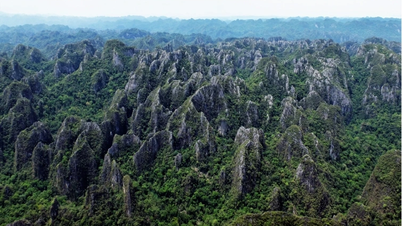



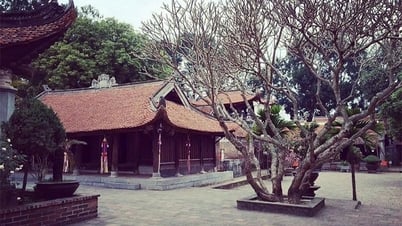

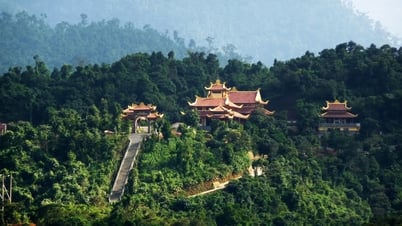



























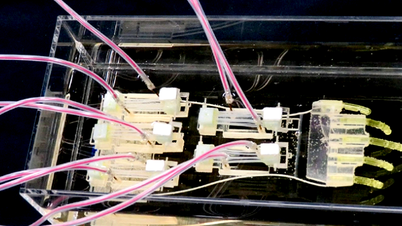





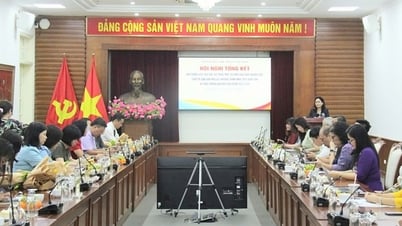


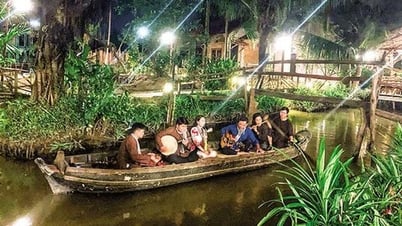
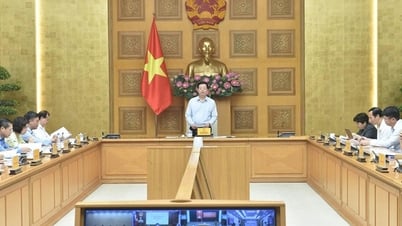
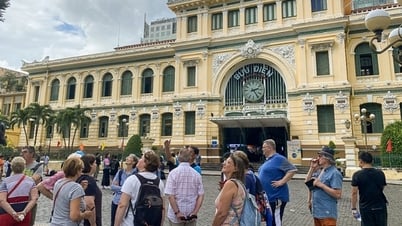























Comment (0)